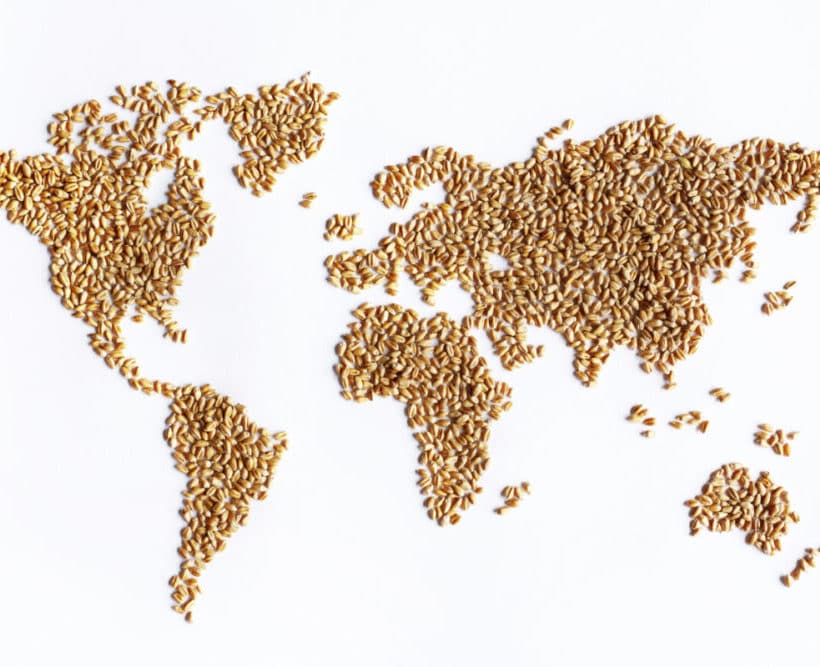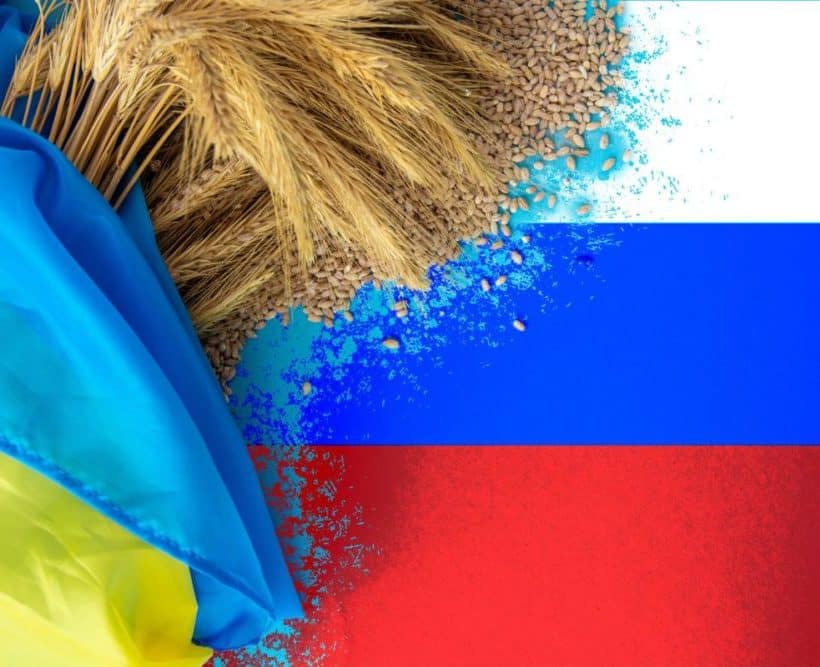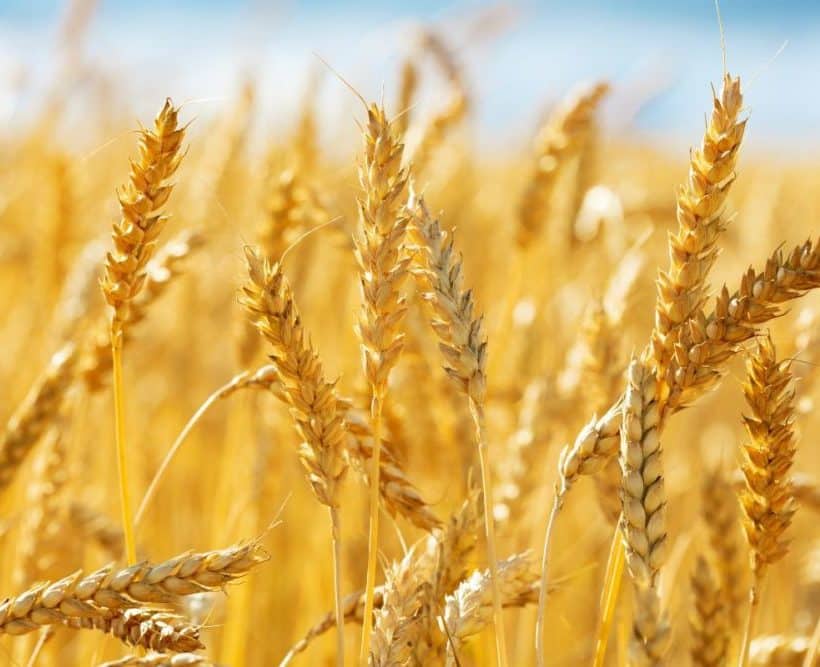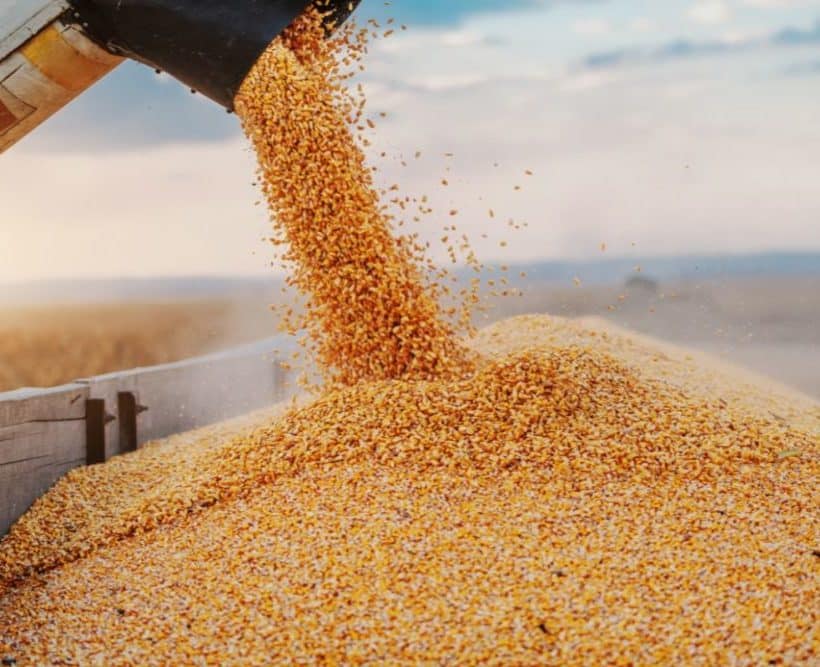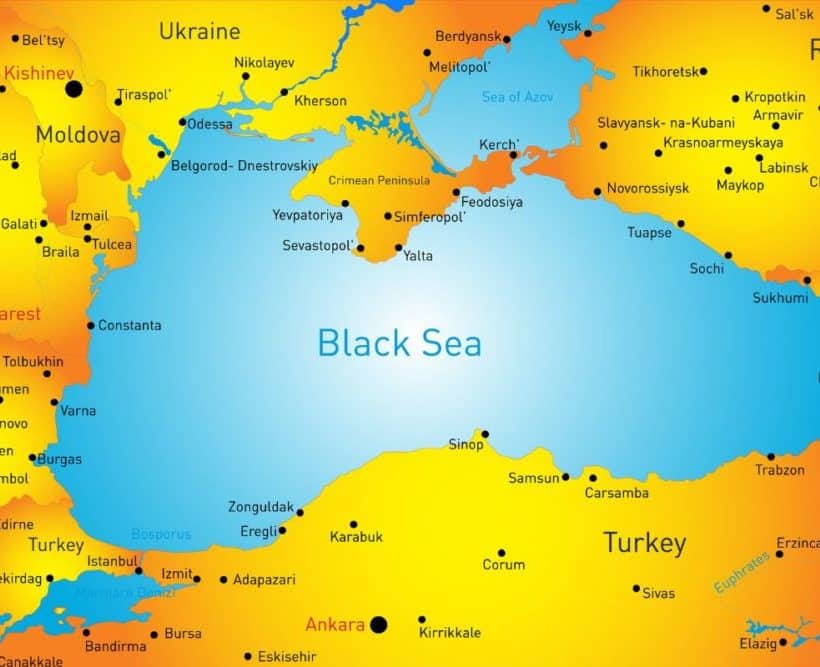Discord impacting EU grain, feed industries
Intensifying protests have left the Ukrainian-European Union (EU) border nearly paralyzed, jeopardizing one of the export lifelines of the reeling Ukrainian economy. The rally backed by farmers all over the bloc, however, is increasingly seen as an attempt to revolt against the EU’s environmental policy. Footage of grain spilled from a truck near the Shehyni-Medyka checkpoint on the Ukraine-Poland border has quickly become viral on social media networks, turning into a symbol of the growing dissent on the economic and,…
Shifting population and income levels shape global ag demand
Changes in population and income levels will shift food demand and placement of corporate assets, Michael Zerr, long-term model lead, Cargill, Minneapolis, Minnesota, US, told attendees at the opening session of the International Sweetener Colloquium on Feb. 26. When you think 10 years out, it’s not so much about prices as “how does Cargill place assets across the supply chain,” Zerr said. Long-term drivers are population growth and gross domestic product.
Grain market review: Oilseeds
The popularity of soybeans with US producers, as they plant for 2024-25, has put pressure on prices, particularly following an upward revision to the US Department of Agriculture’s (USDA) planted area forecast. Big Brazilian and Argentine production at the same time as softening Chinese demand also contributed to the forecast. In a paper, “Grains and Oilseeds Outlook for 2024,” published Feb. 15 at the Agricultural Outlook Forum 2024, the USDA said: “Soybean area is expected to increase as demand for…
Study details Ukraine war’s wheat market impact.
As the second anniversary of Russia’s invasion of Ukraine draws near, a recently published research paper on the long-term impact the war has had on global wheat prices and market responses paints a relatively optimistic picture. The study, which was co-authored by researchers from the University of Illinois and Texas Tech University, found that although prices initially spiked in the first several months after the invasion, they have sharply declined since then as other wheat-producing countries have compensated for the…
Argentina’s wheat production improves
Wheat production in Argentina for 2023-24 is higher than originally expected as yields improved, according to a report from the Foreign Agricultural Service (FAS) of the US Department of Agriculture.
Drought lowers Canada’s 2023-24 wheat production.
Despite a larger planted area, Canada’s wheat production in 2023-24 dropped 7% from the previous year to 31.95 million tonnes, according to a report from the Foreign Agricultural Service (FAS) of the US Department of Agriculture (USDA). Severely low soil moisture in Alberta and Saskatchewan reduced yields, the FAS said.
High prices reducing India’s corn exports
Corn exports from India have plummeted recently as domestic prices have surged due to strong demand from the country’s poultry and ethanol industries, Reuters reported, citing several exporters. The sources told Reuters that traditional importers of Indian corn, such as Vietnam, Nepal and Malaysia, have shifted their purchases to South American countries that are offering it at a lower price. They said Indian corn costs about $300 per tonne, compared to $230 per tonne in South American countries.
Black Sea nations ally to clear mines
Turkey, Romania and Bulgaria have signed a memorandum of understanding to find and clear drifting sea mines in the Black Sea to facilitate safe transport of Ukrainian grain exports, Bloomberg reported. Mines drifting into specific areas of the Black Sea as a result of Russia’s invasion of Ukraine will be the focus of the initiative led by Turkey. Russia and Ukraine are both major producers and exporters of grain, and the war increasingly has threatened the safe passage of shipments.
Brazil’s soybean production revised to lower.
Although Brazil’s latest soybean production forecast for the 2023-24 marketing year has been revised lower to 158.5 million tonnes, it still would top last year’s record total, if realized, according to a report from the Foreign Agricultural Service (FAS) of the US Department of Agriculture. The previous projection in October was for a crop of 161 million tonnes — 3 million tonnes higher than in 2022-23 — but the FAS said poor weather resulting from El Niño has lowered expectations…
Brazil to expand share of global soybean trade
Brazil’s share of global soybean trade could increase to 60.6% by 2033, according to a study released last week by the US Department of Agriculture’s Economic Research Service (ERS).


